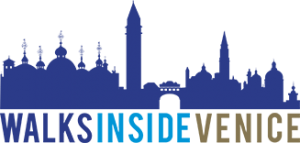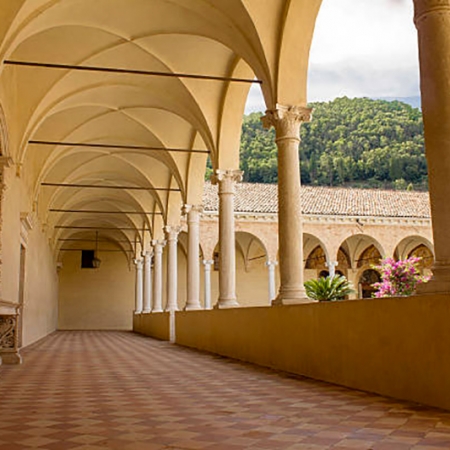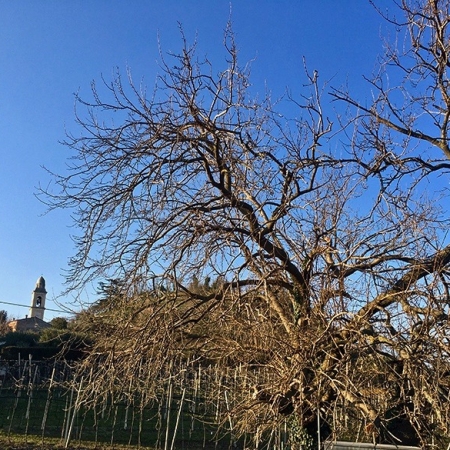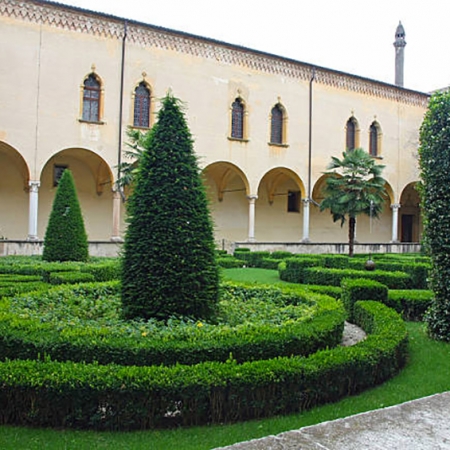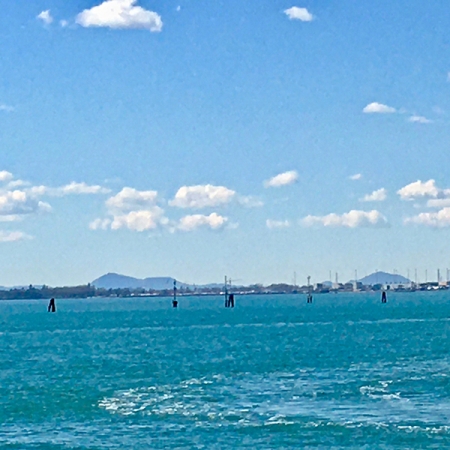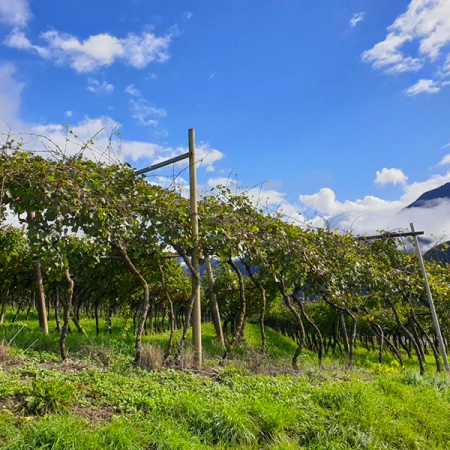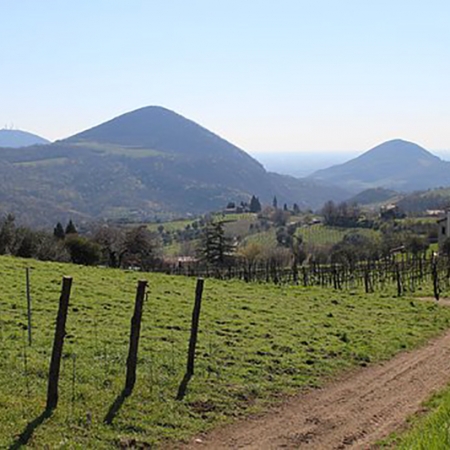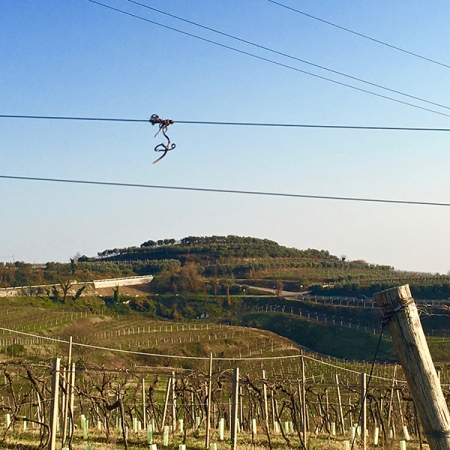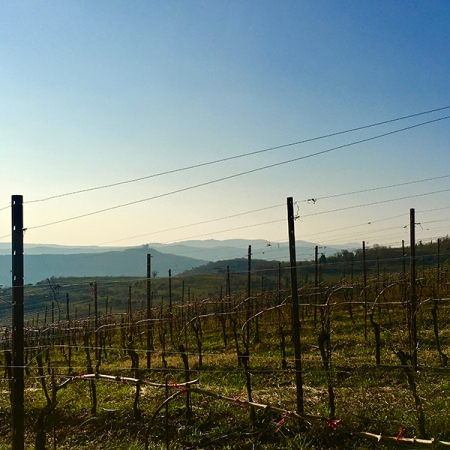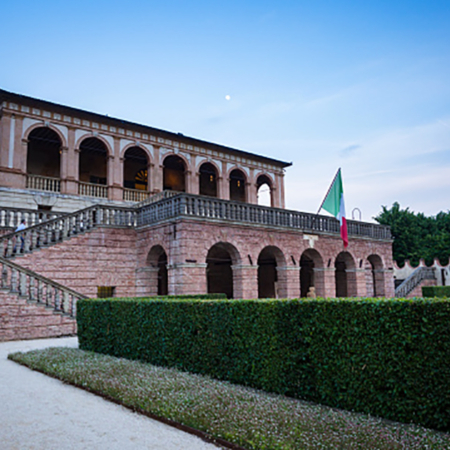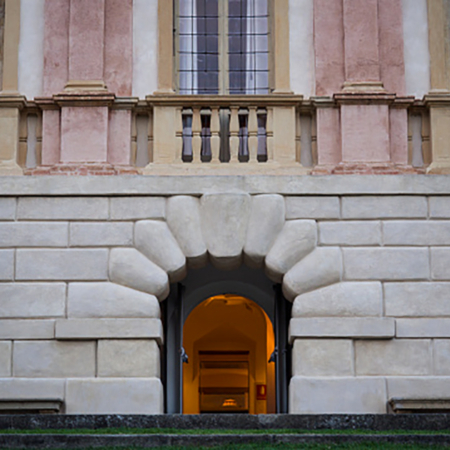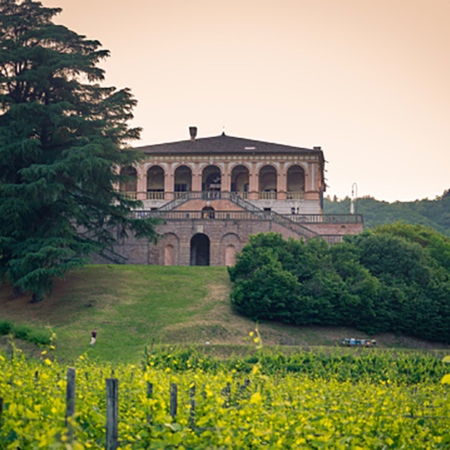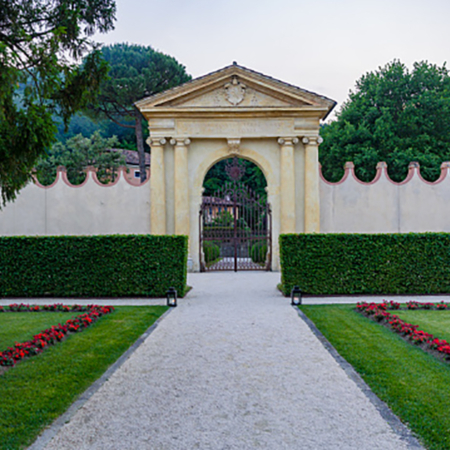PADUA FARMLAND: THE EUGANEAN HILLS
‘Padua farmland: the Euganean Hills’, derives from Euganei people who settled down on these conical hills upon contact with the Romans.
This isolated group of volcanic origin hillocks rises to 900 -1800 ft. from the flat Paduan countryside, heading South-East.
This highland stands out from the vast plain and is visible from the Venice Lagoon on clear days!
After the fall of the Roman Empire and the Barbaric invasions, the residential settlements increased due to the safe heights and the fertile soils.
Both hermitages and monasteries greatly contributed to the social and commercial renewal of Padua province.
In the company of your professional guide, you will reach Praglia Abbey by private car from Venice.
This Benedictine monastery stands in the middle of a large green area called “Pratalea” due to fertile lawns, which were soon grown with vines, olive trees, and all sorts of crops.
It was founded in 1117 and became the cornerstone of the agricultural Benedictine colonization in the Veneto Region. In 1232 it was declared “fief” by Emperor Federico II, who bequeathed large properties to the religious community.
Throughout the Renaissance age, the monastery achieved reputation and immense wealth.
A new Abbey, including four cloisters, a guest house, and renovated barns, revitalized the monastic life.
After the fall of the Venice Republic, Praglia suffered a long period of decline and neglect. The religious community moved elsewhere and left the Abbey forever.
In 1904 thanks to the efforts of a group of enlightened donors, the religious center rose to new life.
Today people are fascinated by the peaceful atmosphere of the place, which is a remarkable destination for devotees and art lovers.
Among the highlights, it is worth mentioning a superb Guest House, and a Botanical garden for homegrown medical herbs, available at the inner gift shop as infusions, herb-based liquors, candies, and jams.
HIGHLIGHTS
- Euganean hills landscape
- Praglia Abbey
- Home of Francesco Petrarca at Arqua’
MORE ABOUT
THIS TOUR
The Euganean Hills, an isolated range of rounded volcanic heights a few miles southwest of Padua, are famous for their picturesque beauty and healthy hot springs.
In contrast to the monotonous surrounding plains, the area represents a naturalistic island with a surprising variety of flora and fauna, and has been a protected National Park since 1989.
The woodlands are rich with chestnuts, oaks, elms, laurels, and arbutuses, but we also find a great deal of vineyards and fruit trees.
Francesco Petrarca, the great Italian poet, discovered the village of Arqua’ in 1369: “I have built me a house, small, but pleasant and decent, in the midst of slopes clothed with vines and olives.” This is the same landscape that can be seen today.
DRESS CODE AND ADVICE
- No shorts, no sleeveless shirts.
- Knee high skirts and short sleeves are ok!
COST
- This tour lasts approximately eight hours
- It costs 1370 euros up to six people
- Luxury car or van included
- Private parties only
- Museum fees per person: Petrarca’s house 5 euros
